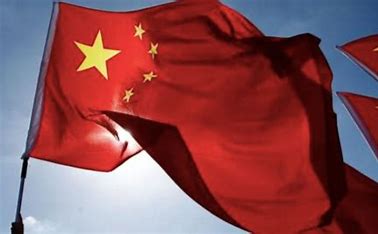New Delhi: Beijing has been making efforts ever since it assessed it had an opportunity after the global economic downturn in 2008, to alter the present global world order. Chinese President Xi Jinping announced China’s ambition quite openly at the 19th and 20th Party Congresses. He made it amply clear that China wants to be a “major power with pioneering global influence”—in other words it would have the capacity to influence and create international organisations something only the US presently has, by 2049. It has accordingly begun building coalitions including by co-opting countries into the Shanghai Cooperation Organisation (SCO) and BRICS. The Belt and Road Initiative (BRI) has facilitated China’s efforts. Simultaneously, the global configuration of power is changing. The two primary contenders today are the US and the challenger, China.
Chinese President Xi Jinping has invested a lot in Russia and Russian President Vladimir Putin. They incrementally advanced their common agenda during their two Summits by declaring a “no limits friendship”. They also agreed on making the existing world order “more fair” and “equitable”. China is today the largest country to sustain Russia’s effort to withstand Western pressure and despite U.S. and Western sanctions remains Russia’s largest trading partner with a trade volume of US$188 billion.
By initiating the war with Ukraine, Putin fired the first salvo in the bid to replace the existing world order and US dominance. It is in Xi Jinping’s interest, at this time when he is under considerable pressure from the US, to ensure that Russia remains undefeated and China is not left as the sole major communist power facing the West. The lengthy, expansive Joint Statement issued after their last Summit in May 2024, revealed the commonality in their concerns and wide range of cooperative endeavours. Both have clearly endorsed their respective positions on security, sovereignty and opposition to interference by foreign powers in their internal affairs.
Xi Jinping has also moved quickly and articulated the principal features of the proposed China-led world order envisioned by him. In addition to the “community with a shared future for mankind”, these are the Global Civilisational Initiative (GCI), Global Development Initiative (GDI) and Global Security Initiative (GSI). Chinese leaders now seek to include this formulation in joint statements. But to succeed in this endeavour and become the major global power surpassing the US, China needs to first dominate the resource-rich South China Sea and make the Indo-Pacific, or Asia, its backyard. It wants to be the sole guarantor of security for Asia.
China already has preponderant economic influence in most South East Asian countries. The Free Trade Agreement (FTA) between the Association of Southeast Asian Nations (ASEAN) and China in 2010, the Regional Comprehensive Economic Partnership (RCEP) trade deal in 2022, and the BRI have helped China make economic inroads and in event of serious confrontation these countries will want to avoid choosing between the US and China. China’s Navy also has the largest number of warships in the world and, in another challenge to the US, Beijing has not hesitated to forcefully advance its territorial maritime claims with Japan and the Philippines ignoring their treaty arrangement with the US. Japan has said that airspace violations by Chinese military aircraft prompted it to scramble jets nearly 669 times between April 2023 and March 2024. Last month, China also coerced Philippines into withdrawing from the disputed Sabina Shoal after a 5-month stand-off. Confrontations occur regularly with Vietnam and last week the Chinese Coast Guard brutally beat and injured
Meanwhile, other power centres like India, Japan, Vietnam and Indonesia have emerged. China’s ambition impinges on their sovereignty or freedom of trade and none of these countries will willingly acquiesce to China imposing its will. India has stood firm against China’s attempt in April 2020, to forcibly change the borders. India’s rejection at BRICS last week of the proposal for de-dollarisation is another strong indicator. They will be a factor in the growing confrontation between the US and China.
Jayadeva Ranade is President of the Centre for China Analysis and Strategy and Member of the National Security Advisory Board.

